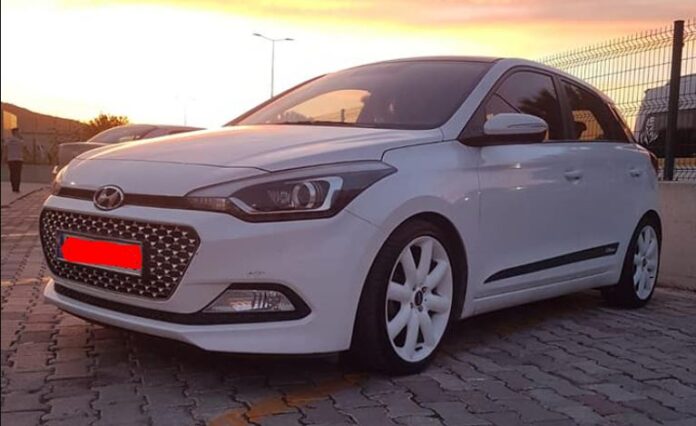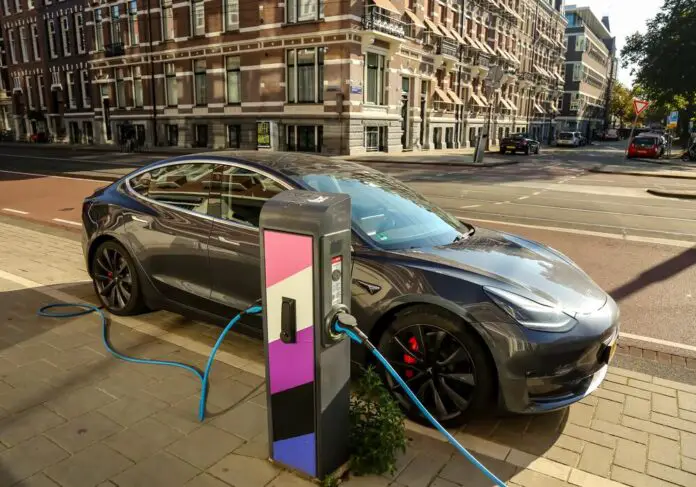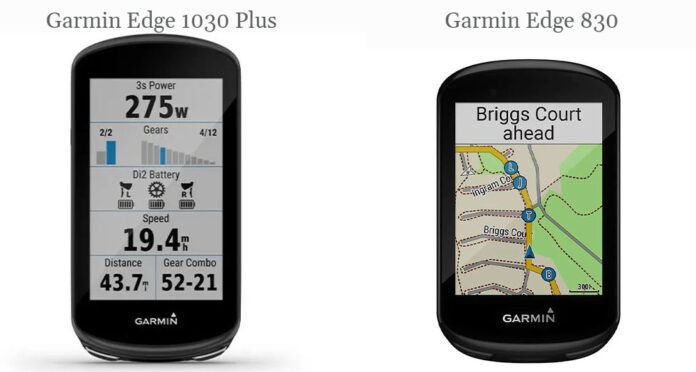By simultaneously adopting small three-cylinder turbo petrol engines, the Hyundai i20 and Volkswagen Polo intend to reduce their appetite. These cars are for the ones who want to save up while having some class.
Some fall for the suggestive line of a Renault Clio, inspired according to the words of its designer Laurens van den Acker by the Aston Martin Vantage. Others will swear by the chic side of a Mini Cooper. Finally, some will flock to the undeniable originality of the Toyota Yaris, which also has the good taste to come in a hybrid variant, almost unique on the market.
In the midst of all this, our two protagonists of the day may seem very bland. Certainly neat in their style and balanced, the Volkswagen Polo and Hyundai i20 stick to a classicism of good taste. With a certain success elsewhere: the German does not admit her already seven years of career.
Classic in their philosophy, the Hyundai i20 and Volkswagen Polo are also technically classic. It is indeed after most of their competitors that they adopt new three-cylinder turbocharged petrol engines, the avowed aim of which is to reduce emissions and consumption.
The city car from Wolfsburg proclaims this intention loud and clear, by offering its new 95 hp 1.0 TSI only on a single Bluemotion finish, which is coupled with a set of specific aerodynamic elements: smoothed grille, lower body, spoiler of tailgate…
At Hyundai, the 1.0 T-GDi of 100 hp is added to the standard range and comes in reinforcement of the atmospheric 1.4 of the same power, simply claiming an additional cost of about $250.
Whether at Volkswagen or at Hyundai, these new blocks are full of technology: direct injection (pressure of 250 bar at VW, 200 bar at Hyundai), separate cooling circuit for the cylinder head, turbo with electrically controlled wastegate …
However, only the Korean engine is already capable of meeting Euro 6c particulate emission standards, applicable in 2017. In the meantime, the three-cylinder Polo emits more particles than an equivalent diesel, legislation obliges!
A bit rough Korean
In use, however, the three-cylinder Hyundai bends the spine against its Germanic counterpart. Admittedly flexible and vigorous up to the red zone, the 1.0 T-GDi appears quite vibrant at low revs.
It is also less discreet, imposing in particular a very unpleasant hum at mid-load around 2,000 rpm. In addition, its appetite remains quite high: about 7.2 l/100 km on the road with light feet and 7.8 l/100 km on the highway or on a mixed course.
Opposite, the 1.0 TSI shows impressive frugality, claiming around 1.4 l/100 km less! In addition, and thanks to its balanced flywheel, it contains its tremors much better, while its vocalizations are better muffled. Like its competitor, it presents a good length, with a fairly linear temperament.
In short, one like the other does not suffer from the very long stages of the five-speed gearboxes with which they are associated (it is possible to reach 170 km/h in third gear on both cars). Only the Polo has a slight throttle lag, more to blame for throttle mapping than any lazy turbo.
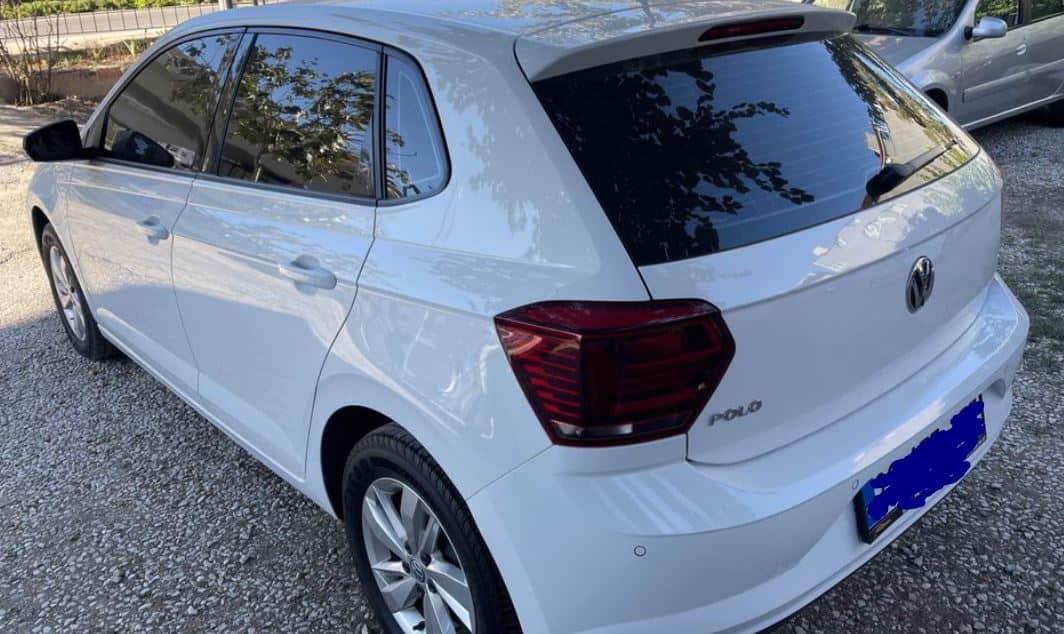
In addition to its more pleasant engine, the Polo can put forward a more padded comfort. The softer suspensions isolate much better from the bumps of the road, even if they are sometimes sensitive to pumping. This can slightly unbalance the rear when cornering on bumpy roads, while this Volkswagen has a most reassuring understeer temperament on smooth roads.
Dunlop Sport Blue low rolling resistance tires have decent grip. The time of the Volkswagen Bluemotion which put CO2 emissions before safety and pleasure therefore seems to be over. So much the better!
Slightly livelier on winding roads, the Hyundai i20 has very healthy handling. But what drought! The very firm suspensions, associated with hard seats, are not tender for the passengers, who will also have to endure fairly intrusive rolling noises as soon as the bitumen degrades. Comfort is therefore not the first quality of the Korean.
In terms of reception, it is thanks to its space on board that the Hyundai i20 makes up for it. Rear passengers can stretch their legs wide and the large trunk can take up to 326 liters of luggage. With only 280 liters and more roominess, the Polo cannot compete, although it is one of the good competitor in the category.
With its neat ergonomics and foamed plastics, the Hyundai’s dashboard seems light years away from the image that the general public can have of the affordable Korean city car.
Moreover, the i20 can have the most complete equipment, depending on the finishes or by drawing from the catalog of options. The Intuitive version, the cheapest offered with the 100 hp 1.0 T-GDi, already offers air conditioning, CD player and reversing radar for a price of $11,900. More than adequate.
The opening of the door of the Polo Bluemotion is surprising. Like the entry-level Trendline, this version is indeed content with a dashboard entirely made of hard plastics, fortunately covered with a paint which improves the perceived quality. However, the finish is neat, with precise assemblies and chrome strapping that brighten up the whole thing a little.
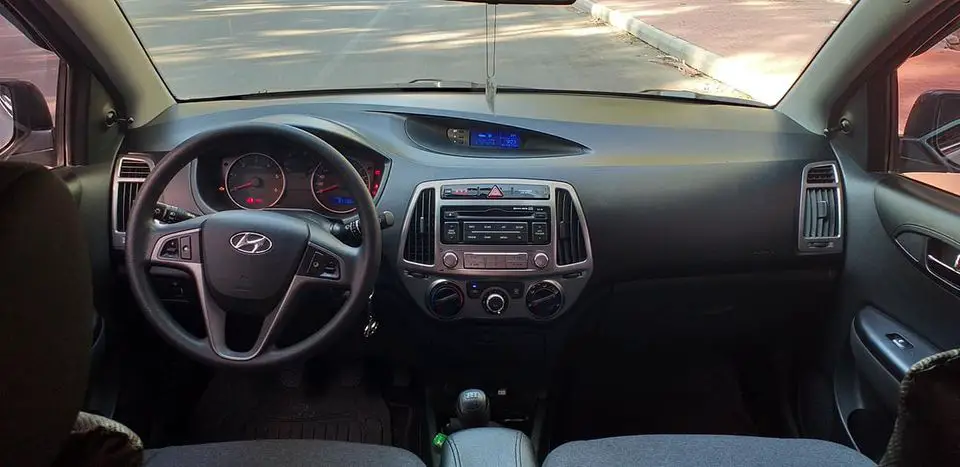
Inside the Polo, the finish is serious and the atmosphere austere. The Bluemotion has to make do with a hard plastic dashboard, like the entry-level Trendline.
If the finish is therefore very correct as always with Volkswagen, the level of equipment is itself clearly unacceptable: at 17,370 €, you still have to dig into the catalog of options to obtain a radio or air conditioning! The automatic lighting of the headlights, the rain sensor or the electrically folding mirrors are prohibited for this finish.
Dominating its competitor on all points except that of habitability, the Polo Bluemotion cannot therefore claim victory through the fault of an abstruse pricing policy. To have a decent price / equipment ratio on the German, it is therefore better to turn to the more traditional 1.2 TSI 90, offered at $19,600 in Comfortline finish, with equipment comparable to that of the i20 Intuitive.
The price gap remains substantial, but in our view it corresponds to a real benefit gap. This, especially since the promotions are legion at Volkswagen on the Polo which is approaching retirement. It simply seems regrettable that the German manufacturer voluntarily weighs down the career of its brilliant little three-cylinder by limiting it to this poor finish, while Seat distributes it widely on its Ibiza.
Fuel Consumption
Hyundai i20
Hyundai’s official fuel economy figure for the i20 N, on the ADR 81/02 – urban, extra-urban cycle, is 6.9L/100km, the 1.6-litre four emitting 157g/km of C02 in the process.
Stop/start is standard, and we saw a dash-indicated average of 7.1L/100km over several hundred km of city, B-road and freeway running on the occasionally ‘spirited’ launch drive.
Volkswagen Polo
If VW’s aim in turning the wick down on the manual Polo is improved fuel-efficiency it’s a dubious move with both versions of the 1.0L three-cylinder engine returning an official fuel economy figure of 5.4L/100km on the combined (ADR 81/02 – urban, extra-urban) cycle.
And the environment is ultimately the (not so big) loser, the 70kW manual producing 124g/km of CO2, while the 85kW auto trims that to 123g/km.
Minimum fuel recommendation is 95 RON premium unleaded, although you’ll need just 40 litres of it to brim the tank. Using the official consumption figure that translates to a range of 740km.
Specs Comparison
| Brand: Hyundai | Brand: Volkswagen |
|---|---|
| Model: i20 | Model: Polo |
| Category: City car | Category: City car |
| Fuel: Gasoline | Fuel: Gasoline |
| Price i20 1.0 T-GDi 100: 18000 | Price Polo 1.0 TSI 95: 16100 |
| Year: 2019 | Year: 2019 |
| Power: 100 hp at 4500 rpm | Power: 95 hp at 5500 rpm |
| Transmission: Front | Transmission: Front |
| Torque: 172 nm at 4000 rpm | Torque: 175 nm at 2000 rpm |
| Max speed: 176 km/h | Max speed: 187 km/h |
| Weight at: 1140 kg | Weight at: 1070 kg |
| Tank size: 50 liters | Tank size: 40 liters |
| Trunk volume: 326/1042 dm3 | Trunk volume: 351/1125 dm3 |


